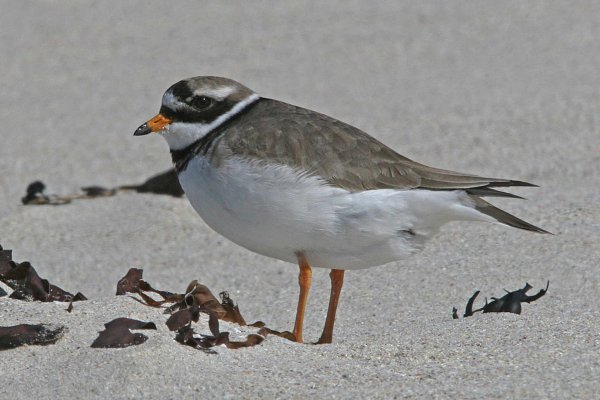BTO create and publish a variety of important articles, papers, journals and other publications, independently and with our partners, for organisations, government and the private sector. Some of our publications (books, guides and atlases) are also available to buy in our online shop.
Annual report of the Seabird Monitoring Programme
Seabird Population Trends and Causes of Change: 1986–2023
This report presents the latest seabird population trends in breeding abundance and productivity using data from the Seabird Monitoring Programme (SMP).
The report documents changes in the abundance and productivity of breeding seabird species in Britain and Ireland from 1986 to 2023, and provides a detailed account of the 2021, 2022 and 2023 breeding seasons.

Search settings
Improving species distribution models: the value of data on abundance
Author: Howard, C., Stephens, P.A., Pearce-Higgins, J.W., Gregory, R.D. & Willis, S.G.
Published: 2014
01.01.14
Papers
Assessing trends in biodiversity over space and time using the example of British breeding birds
Author: Harrison, P.J., Buckland, S.T., Yuan, Y., Elston, D.A., Brewer, M.J., Johnston, A. & Pearce-Higgins, J.W.
Published: 2014
01.01.14
Papers
Spring migration routes of Long-tailed Skuas around and across the UK - results of observational and tracking data
Author: Wynn, R., Brown, D., Thomas, G., Holt, C., Are Hanssen, S., Moe, B. & Gilg, O.
Published: 2014
01.01.14
Papers
Changes in breeding wader assemblages, vegetation and land use within machair environments over three decades
Author: Calladine, J., Pakeman, R.J., Humphreys, E., Huband, S. & Fuller, R.J.
Published: 2014
The Uists in the Western Isles (Outer Hebrides) are home to a rare habitat known as “machair”, which is a vegetated plain of calcareous shell-sand. This habitat grades into acidic peat-based moorland, creating a unique complex of habitats consisting of dunes, pasture, cultivated sandy plains, damp grassland, wet marsh and emergent loch-edge vegetation. Collectively these habitats support exceptionally large breeding populations of waders, particularly Dunlin, Lapwing, Redshank, Ringed Plover, Oystercatcher and Snipe. There is strong evidence that egg losses to Hedgehogs, which were introduced in the 1970s, have been responsible for declines in some of these populations. However, declines in, for example, Dunlin and Ringed Plover have been recorded in areas not colonised by Hedgehogs, and some increases since 2000 have occurred in breeding wader species at sites known to support high numbers of Hedgehogs, suggesting other factors might also be at play.
01.01.14
Papers Bird Study

River birds' response to hydrological extremes: new vulnerability index and conservation implications
Author: Royan, A., Hannah, D.M., Reynolds, S.J., Noble, D.G. & Sadler, J.P
Published: 2014
01.01.14
Papers